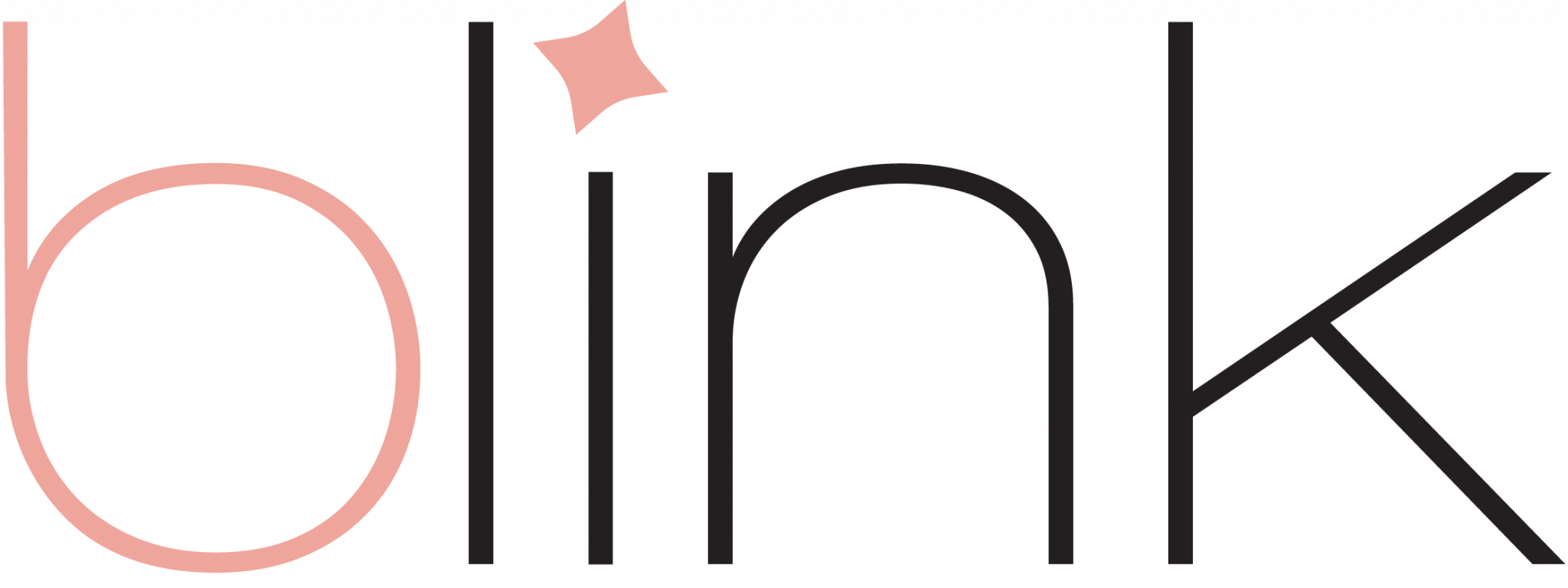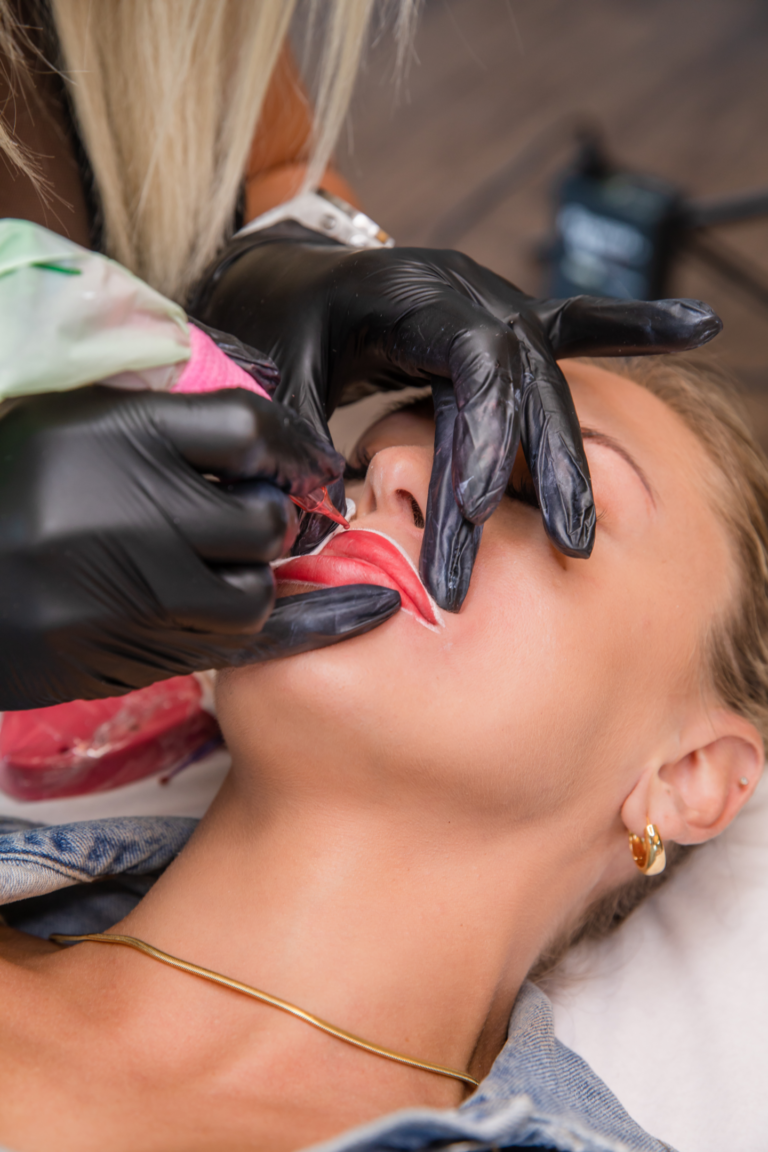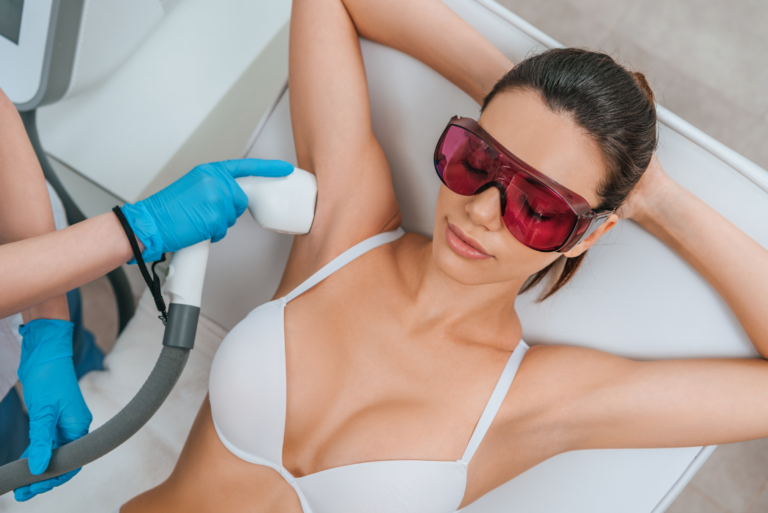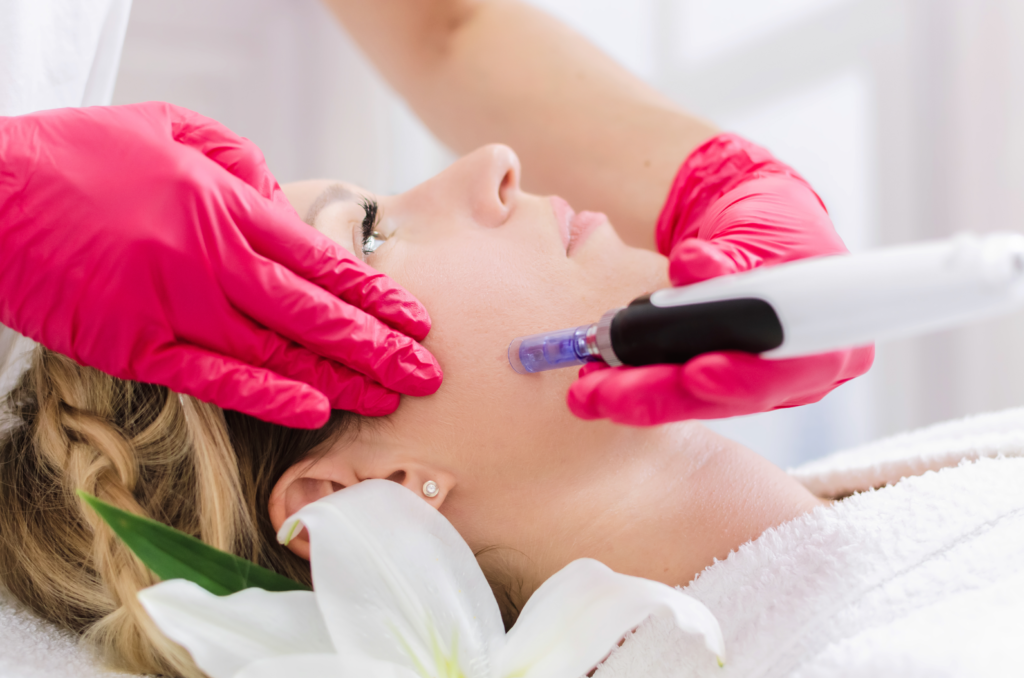
As with any new beauty treatment, microneedling can initially feel a bit daunting. Will it hurt? What will it do to my skin? Do I really need yet another step in my already lengthy skincare routine? We get it. But trust us—microneedling is definitely worth considering if you’re looking for a way to improve your skin.
This article will discuss everything you need to know about this increasingly popular treatment. We’ll start with a basic definition and then discuss how it works, the benefits it offers, and some potential side effects. By the time you finish reading, you’ll understand what microneedling is and whether it’s right for you.
What Is Microneedling?
Microneedling is a minimally invasive cosmetic procedure that involves the use of fine needles to create tiny punctures in the skin. This may sound like a recipe for disaster, but the punctures actually stimulate the production of collagen and elastin, which are two important proteins that keep skin looking young and healthy.
How Does Microneedling Work?
Initially developed as a treatment for scars and striae Albicans, microneedling has become a popular cosmetic procedure. It’s used to improve the appearance of wrinkles, fine lines, acne scars, and other skin concerns by stimulating collagen production.
Microneedling is a form of collagen induction therapy. Collagen is a protein exists in our skin that provides elasticity. Our bodies produce less collagen as we age, resulting in wrinkles, small lines, and other indicators of aging.
Microneedling helps to reverse this process by creating tiny micro-injuries in the skin. This triggers the body’s natural healing response, which increases collagen and elastin production.
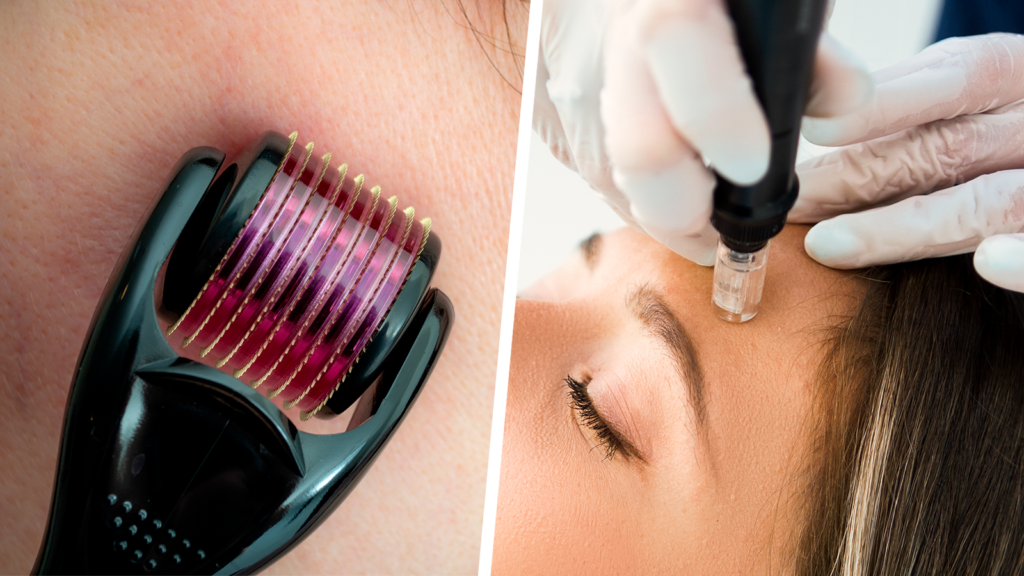
What to Expect from Microneedling?
Before Microneedling
If you’re considering microneedling, the first step is to schedule a consultation with your aesthetician or dermatologist. During this appointment, they’ll assess your skin concerns and determine whether microneedling is right for you. If so, they’ll discuss the details of your upcoming treatment, including what type of microneedling device they’ll be using (more on that later) and what needle length will be best for your needs. They may also perform a test patch on a small skin area to ensure that you don’t have any adverse reactions.
During Microneedling
On the day of your appointment, arrive with clean skin—meaning no makeup, oils, or creams. Your aesthetician will cleanse your face again before beginning the procedure. They may also apply numbing cream if you feel anxious about the needles.
Microneedling is usually performed using a hand-held roller that contains fine needles or an electric tool with interchangeable heads of different needle lengths.
Needles can range from 0.5 to 2 millimetres in length—the longer the needles, the deeper they penetrate the layer of the skin. Your aesthetician will determine the best needle length for your needs based on your concerns and desired results.
The procedure takes 45 minutes to an hour, but plan on being at the office for two to three hours to account for numbing cream (if applicable) and post-procedure recovery time.
After Microneedling
Immediately after microneedling, your skin will be red and swollen—think of it like a bad sunburn. The redness should subside within 24 hours but can last up to five days. You may also experience some crusting or pinpoint bleeding, but don’t picking at it. Doing so can cause scarring.
Your aesthetician will likely recommend using a hyaluronic acid serum and avoiding direct sunlight for at least 24 hours after treatment. It’s also important to avoid strenuous activity or to sweat excessively as this can irritate the skin further and prolong recovery time.
Who Gets Microneedling?
Microneedling is a good option for people who want to improve the appearance of their skin without surgery or injectable fillers. Following are some skin concerns that microneedling can help treat:
Wrinkles and fine lines.
Skin discolouration.
Acne scars.
Surgical scars.
Hyperpigmentation.
Stretch marks.
Enlarged pores.
Uneven skin texture.
Loose or crepey skin.
Hyperhidrosis.
Alopecia areata.
Benefits of Microneedling
Like any cosmetic procedure, microneedling has risks as well as benefits. Benefits of microneedling include:
Enhances Texture of Skin
One of the most immediate benefits of microneedling is that it can enhance the overall texture of your skin. If you have rough, dry patches or notice that your skin is starting to look dull, microneedling can help. The tiny punctures the microneedling device creates will trigger your body’s natural healing process, resulting in softer, smoother skin.
Less Invasive Than Other Treatments
Microneedling is a less invasive alternative to some other cosmetic procedures, such as chemical peels and laser resurfacing. These treatments can be pretty harsh on your skin and require significant recovery time. Microneedling, on the other hand, is much gentler and can be done in a matter of minutes with little to no downtime.
Shrinks Pores
In addition to improving skin texture, microneedling can also help reduce the appearance of large pores. If you have always been self-conscious about your enlarged pores, or if they are becoming more noticeable as you age, microneedling can help. Creating punctures in the skin with a microneedling device will help tighten pores and give your skin a more refined appearance.
Stimulates Collagen Production
Microneedling can stimulate collagen production. Collagen is a protein found naturally in our bodies and helps keep our skin looking plump and youthful. The older we get, the less collagen our bodies produce, and this deficiency results in fine lines, wrinkles, and sagging skin.
By stimulating collagen production with microneedling, you can help improve the appearance of fine lines and wrinkles and promote firmer-looking skin.
Fights Stretch Marks
If you struggle with stretch marks, whether new or old, microneedling can help. Microneedling works to improve the appearance of stretch marks by stimulating collagen production and increasing blood flow to the area.
Stretch marks are often difficult to get rid of completely, but with regular treatments, you can see a significant improvement in their appearance.
Reduces Rosacea Symptoms
Rosacea is a chronic condition that causes redness, inflammation, and facial swelling. Although there is no cure for rosacea, treatments like microneedling can help to reduce its symptoms. Creating punctures in the skin with a microneeding device will increase blood flow and help reduce inflammation associated with rosacea flare-ups. If you suffer from rosacea, regular treatments with a microneeding device may help you achieve more manageable symptoms.
Can Reduce the Appearance of Wrinkles
Fine lines and wrinkles are one of the most frustrating signs of ageing. If you’re looking for a way to reduce their appearance, microneedling may be right for you. By stimulating collagen production, microneedling can help smooth out wrinkles and give your skin a more youthful appearance.
Sun Damage
Whether you’re concerned about fine lines, wrinkles, or scarring, sun damage plays a role. UV exposure can break down collagen and elastin, leading to visible signs of ageing. Microneedling can help improve the appearance of sun damage by stimulating the production of new collagen and elastin.
Fewer Side Effects Than Laser or Intensive Peels
When it comes to side effects, microneedling is relatively gentle compared to other treatments like laser resurfacing or intensive peels. The most common side effect is temporary redness and swelling, which usually subsides within 24 hours. In rare cases, bruising or infection may occur. However, these side effects are usually mild and easily treatable.
Microneedling AfterCare
It’s important to treat your skin gently after microneedling in order to avoid irritation. Wash your face with a gentle cleanser and lukewarm water no sooner than four hours after treatment. Be sure to pat your skin dry rather than rubbing it.
After microneedling, you can expect some degree of swelling for two to four days. This is normal and will subside on its own. To help reduce swelling, you can apply a cold compress to the treated area for 10 minutes at a time several times per day.
Some redness is also common after microneedling and can last for five to seven days. Again, this is normal and will subside as the healing process takes place. To help reduce redness, you can apply a cool compress or use ice packs on the treated area for 10 minutes at a time several times per day.
By following these simple tips, you can help ensure that your skin heals properly after microneedling and that you achieve the best possible results from treatment. If you have any questions or concerns about caring for your skin after microneedling, be sure to ask your provider.
Safety tips you should know before microneedling
Microneedling is a popular cosmetic procedure that can help improve the appearance of your skin. Though it is generally safe, there are a few safety risks you should be aware of before you book an appointment. Here are six safety tips you should know before microneedling.
An Active Acne Breakout
If you have an active acne breakout, microneedling is not your proper treatment. The procedure can actually spread bacteria and cause more breakouts. If you’re looking to improve the appearance of your skin, it’s best to wait until your skin is clear before booking an appointment.
Have a Sunburn
If you have a sunburn, you’ll want to wait to get microneedling done. The sunburn will make your skin more sensitive, increasing the risk of side effects from the procedure. It’s best to wait until your sunburn has healed before getting microneedling done.
Pregnant or Breastfeeding
It’s best to avoid microneedling if you’re pregnant or breastfeeding. The reason is we don’t yet know enough about how the procedure may affect a developing fetus or newborn baby. If you’re pregnant or breastfeeding and looking for ways to improve the appearance of your skin, there are other safe options available, such as chemical peels and laser treatments.
Use a Numbing Cream before Starting the Procedure
Before getting microneedling done, be sure to numb the cream to the area that will be treated. This will help minimize any discomfort during the procedure. Numbing cream is available over the counter at most pharmacies. Be sure to follow the instructions on how to apply it properly so that it works effectively.
Have Open Wounds
If you have any open wounds in the area that will be treated, you should not get microneedling done. The procedure can cause further irritation and may even lead to infection. If you have any cuts or scrapes that haven’t healed yet, it’s best to wait until they’re completely healed before getting microneedling done.
Choose a Reputable and Experienced Microneedling Technician
When choosing a technician for your microneedling procedure, be sure to choose someone experienced and reputable. A good way to find out if a technician is reputable is by reading online reviews from past clients. You should also make sure that the technician uses sterile needles and clean equipment during the procedure.
Tips for Choosing a Good Microneedling Technician
Microneedling is a popular cosmetic procedure that can help improve the appearance of your skin. If you’re thinking about getting microneedling, here are some tips to help you choose a good microneedling technician.
Referrals
One of the best ways to find a qualified microneedling technician is to get referrals from friends or family members who have had the procedure done. If you know someone who has had a good experience with their microneedling technician, they can provide you with a referral.
Reputation
Getting the best possible results from your microneedling procedure requires working with a technician who has a good reputation. When you’re looking for a technician, be sure to read online reviews from past clients. This will give you a good idea of what to expect from the technician and whether or not they’re reputable.
Research
It’s also important to do your own research before choosing a microneedling technician. Make sure to read up on the procedure and understand what it entails. You should also research different technicians in your area and compare their rates and services. This way, you can assess your technician in your very first meeting.
Certifications & Trainings
When choosing a microneedling technician, it’s important to make sure they are certified by any accredited government department. A certified technician will have completed an accredited training program and passed an exam. Make sure to ask about your prospective technician’s certifications before scheduling an appointment.
Experience
An experienced technician is more likely to provide you with better results. When you’re looking for a qualified technician, be sure to ask about their experience level.
Ask about how many procedures they have performed and try to find out if they have any before-and-after photos of past clients. A qualified technician will be able to provide you with examples of their work so you can see the results for yourself.
The Facility Where the Procedure Will Be Performed
It matters where the microneedling procedure will be performed. The facility should be clean, well-lit, and comfortable. They should also have all the necessary equipment for the treatment of microneedling. These are all important factors to consider when choosing a microneedling technician.
Location
If you live in a small town, you may not have as many options as someone who lives in a big city. But that doesn’t mean you should just choose the first technician you find. Do your research and make sure you’re comfortable with the technician you choose.
Staff
When you visit the facility, take a look at the staff. Do they seem friendly and helpful? Or are they rushed and stressed? You’ll want to choose a technician who works with a staff that makes you feel comfortable and confident.
Think after First Consultation
Don’t just go with the first technician you consult with. After your consultation, take some time to think about it before making your final decision. Ask yourself if you felt comfortable with the technician and if they answered all of your questions satisfactorily. Trust your gut; if something feels off, it probably is.
FAQs on Microneedling
Is microneedling good for your face?
Yes, it may be beneficial if you want to rejuvenate your skin. It can help treat sun damage, such as wrinkles and acne scars.
How long does it take to see results from microneedling?
The needles go right into the deepest layers of your skin as soon as they pierce it, causing “micro-wounds.” Your body’s wound-healing mechanisms will heal your micro wounds immediately after this. However, the outcomes will not be seen until four to six weeks after treatment.
How often should you do microneedling?
As a general rule of thumb, microneedling treatment can be safely done about once a month or every 4 to 6 weeks.
Does microneedling tighten the face?
Microneedling is typically a safe and successful treatment that may help to improve the skin’s appearance. It may reduce wrinkles, scarring, and lax or shrivelled skin while also tightening or regenerating it.
Are there any risks or side effects?
Some possible risks associated with microneedling include skin irritation and redness. These effects are usually mild, temporary, and resolve on their own in a few days. You must consult a doctor if you experience any of these side effects, such as:
bruising
peeling
bleeding
infection
Is 1 microneedling session enough?
You should complete at least four to six treatments to get the most out of the therapy. With enough time for the skin to heal and generate enough collagen and elastin to provide long-term benefits, this is plenty. You may require up to eight sessions for severe scarring or difficult-to-treat problems such as deep scarring.
Conclusion
Microneedling is a popular cosmetic procedure that can help improve the appearance of your skin. It’s important to do your research and choose a qualified technician who makes you feel comfortable. The procedure carries some risks, but minor skin irritation is the most common side effect. Microneedling can be done once a month or every 4 to 6 weeks. Most people see the best results after 4 to 6 sessions.
Meta Description
Discover everything you need to know about microneedling, from what it is and how it works to the potential side effects and post-treatment care.
